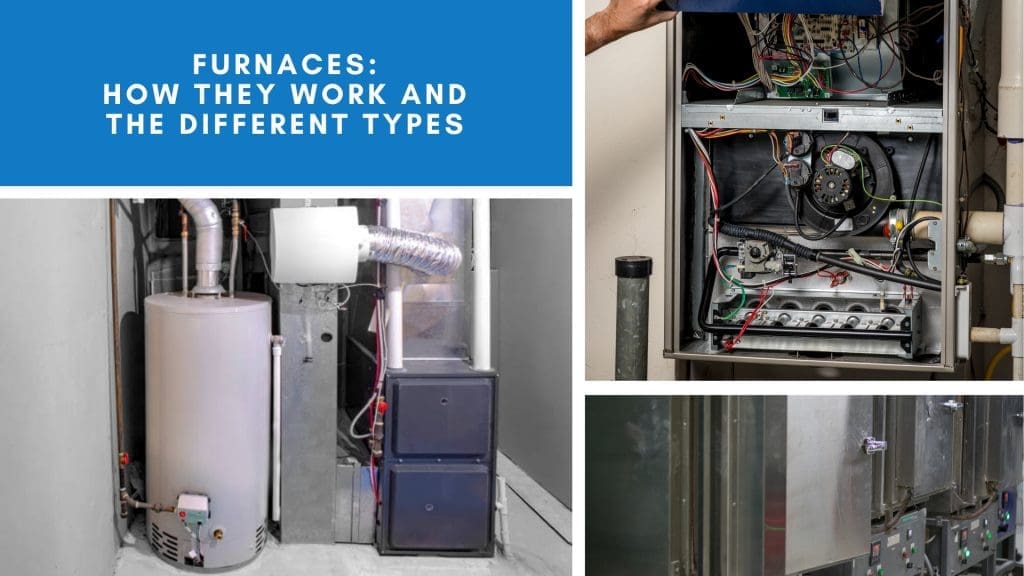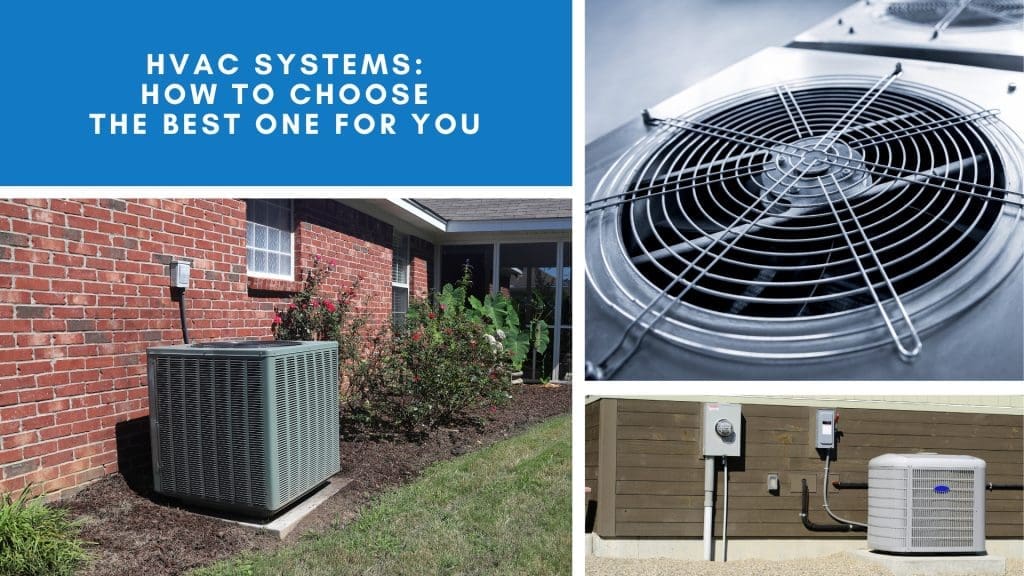Before diving into the specific factors influencing the Furnace Replacement Price, it’s essential to understand what a furnace replacement entails. Typically, this process includes the removal of the old unit, purchasing a new furnace, and installation by certified professionals. Each of these steps carries its own set of costs, which can vary depending on the complexity and requirements of your specific setup.
Removing the old unit involves not only physical labor but also considerations for safe disposal, especially if your old furnace uses outdated or environmentally harmful technology. Purchasing a new furnace requires research and decision-making about the type and brand that best fits your needs. Finally, professional installation ensures that your new system is set up correctly, maximizing efficiency and safety. Each stage of this process involves careful planning and budgeting to ensure a smooth transition to your new heating system.
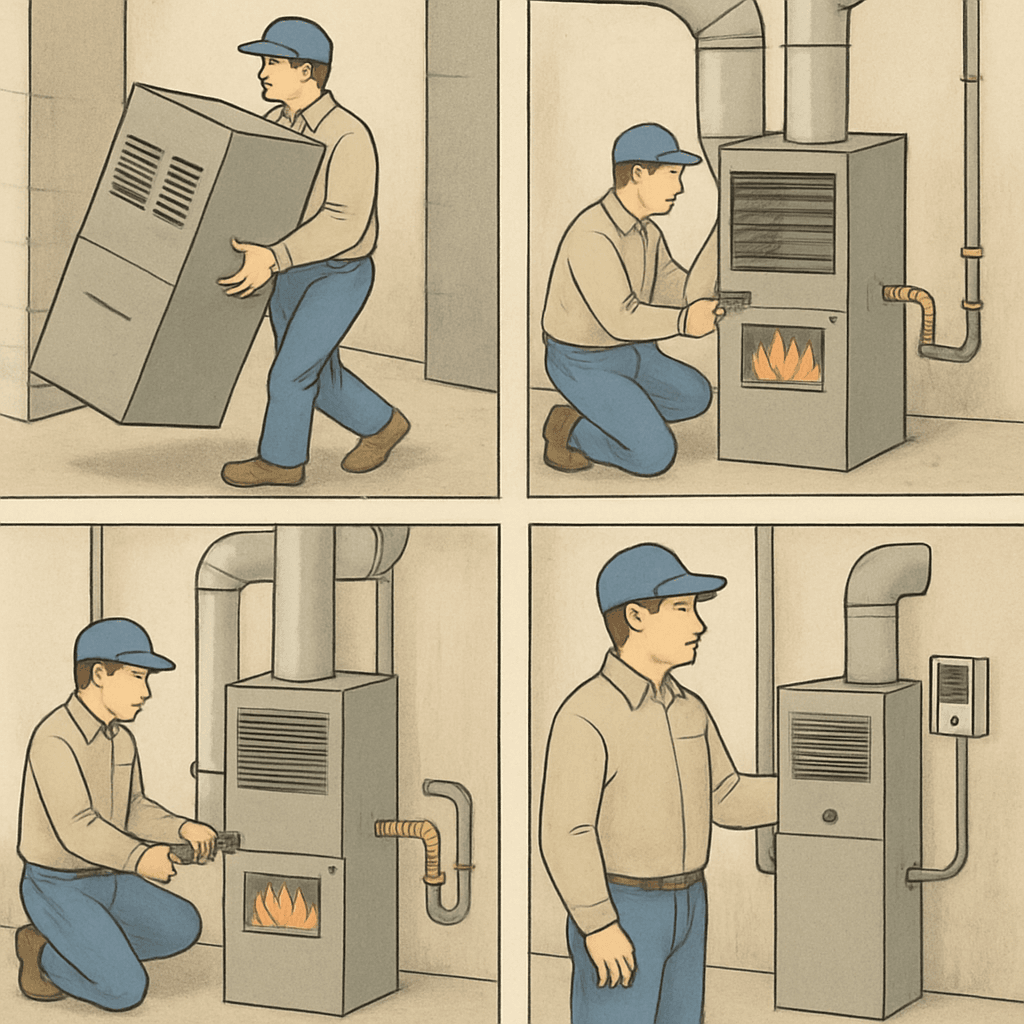
Types of Furnaces
One of the first decisions you’ll need to make is the type of furnace you want to install. The three main types are gas, electric, and oil furnaces. Each has its own set of advantages and cost implications, which can influence your choice based on your home’s specific requirements and your personal preferences.
- Gas Furnaces: These are the most common type of furnace. They are generally more energy-efficient and cost-effective in the long run, but the initial cost can be higher compared to electric furnaces. Gas furnaces are ideal for areas where natural gas is readily available and tend to heat homes more quickly due to their high heat output.
- Electric Furnaces: These tend to be less expensive upfront but can lead to higher utility bills due to electricity costs. They are often easier to install and maintain, making them a popular choice in areas where electricity rates are lower or where natural gas is not available. Electric furnaces also offer a safer alternative with fewer risks of leaks or emissions.
- Oil Furnaces: While less common, oil furnaces are an option for homes without access to natural gas. They are more expensive to operate and maintain, but they can provide a high level of heat. Oil furnaces can be a reliable choice in colder climates, offering robust heating capabilities, though they require regular deliveries and storage of fuel.
Key Factors Impacting Furnace Replacement Costs
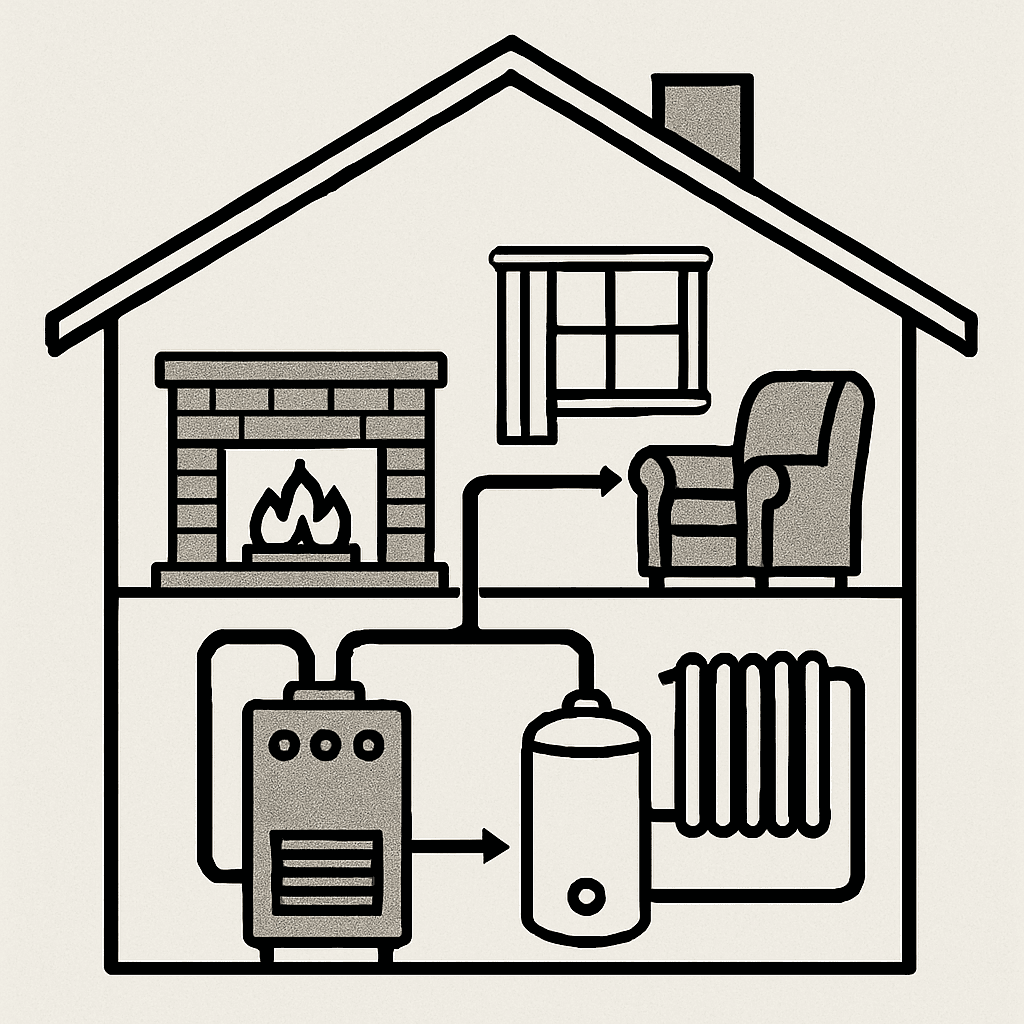
Several factors can influence the total cost of replacing your furnace. Understanding these can help you budget accurately and avoid unexpected expenses, ensuring a smooth and cost-effective replacement process.
Size of the Furnace
The size of the furnace you need is determined by the square footage of your home and your local climate. A furnace that’s too small won’t heat your home efficiently, while one that’s too large will cycle on and off too frequently, wasting energy. A professional HVAC technician can perform a load calculation to determine the correct size for your home, taking into account factors like insulation, windows, and layout.
Choosing the right size is crucial not only for comfort but also for cost-effectiveness. An undersized furnace will struggle to maintain desired temperatures, leading to higher energy consumption and wear and tear. Conversely, an oversized unit will not only cost more initially but also incur higher operational costs and shorter lifespan due to frequent cycling. Proper sizing ensures your furnace operates efficiently and effectively throughout its life.
Efficiency Ratings
Furnaces come with efficiency ratings that indicate how effectively they convert fuel into heat. Higher efficiency models (measured by AFUE – Annual Fuel Utilization Efficiency) are more expensive upfront but can save you money on energy bills over time. A higher AFUE rating means better energy efficiency, translating to lower monthly costs and reduced environmental impact.
Investing in a high-efficiency furnace can be particularly beneficial in areas with high energy prices or for homeowners looking to reduce their carbon footprint. While the initial investment is greater, the savings on utility bills and potential tax incentives can offset these costs over time. Additionally, high-efficiency models often come with advanced features and improved technology, enhancing overall performance and comfort.
Brand and Model
Just like with any major purchase, brand reputation can affect price. Well-known brands with a track record of reliability and quality will generally cost more, but they often offer better warranties and customer support. Choosing a reputable brand ensures peace of mind, knowing that your furnace is backed by strong customer service and support networks.
The specific model you choose can also impact cost, as newer models often incorporate the latest technology and energy-saving features. While these models may come at a premium, they can provide enhanced comfort, efficiency, and longevity. Evaluating the long-term benefits and potential savings of different models can help you decide which option provides the best value for your investment.
Installation Complexity
The complexity of the installation can also impact the cost. If your existing ductwork needs repairs or modifications to accommodate the new furnace, this will increase the overall price. Additionally, if you need to upgrade your electrical system or gas line, expect additional costs, as these modifications require skilled labor and compliance with local regulations.
Complex installations might also involve additional considerations, such as ensuring proper ventilation or addressing any structural issues in your home. A professional assessment can help identify these needs early, allowing you to plan and budget accordingly. Proper installation is critical to the performance and longevity of your furnace, making it a worthwhile investment to ensure quality workmanship.
Location and Accessibility
Where your furnace is located in your home can affect the installation cost. If it’s in a hard-to-reach area, such as a cramped attic or basement, the installation will take longer and may require special equipment, thus increasing labor costs. Accessibility challenges can also affect the ease of future maintenance and repairs, impacting long-term service costs.
Considering the placement of your furnace during installation can help mitigate some of these challenges. Planning for easy access can simplify routine maintenance and potential repairs, saving time and money in the long run. Discussing these factors with your HVAC professional can help optimize your installation for both efficiency and convenience.
Permits and Compliance
Depending on your location, you may need to obtain permits to install a new furnace. These ensure that your installation meets local building codes and safety regulations. Permit costs can vary widely depending on your city or county, and failing to secure the necessary permits can lead to fines or issues with insurance coverage.
Working with a licensed and experienced HVAC contractor can help streamline this process, as they are familiar with local codes and requirements. Ensuring compliance not only protects you legally but also ensures your new furnace operates safely and efficiently. Proper documentation and adherence to regulations are crucial components of a successful installation.
Additional Costs to Consider
When budgeting for a new furnace, don’t forget to consider additional costs that may arise. These can include ongoing maintenance, warranties, and financing options that can affect your overall expenditure and long-term savings.
Maintenance Plans
Investing in a maintenance plan can ensure your furnace runs efficiently and lasts longer. Regular maintenance can prevent costly repairs and extend the lifespan of your system. Scheduled inspections and tune-ups help identify potential issues early, reducing the risk of unexpected breakdowns and ensuring optimal performance.
A maintenance plan can also enhance the safety of your heating system, as technicians can check for gas leaks, carbon monoxide emissions, and other hazards. By keeping your furnace in top condition, you can enjoy consistent comfort and peace of mind throughout the heating season.
Extended Warranties
Some manufacturers offer extended warranties for an additional cost. These can provide peace of mind and protect you from unexpected repair expenses. An extended warranty can be particularly valuable for homeowners looking to safeguard their investment against unforeseen issues.
Understanding the terms and coverage of an extended warranty is important to determine its value. Some plans may include regular maintenance, while others cover only specific components or types of repairs. Evaluating the potential benefits and costs can help you decide if an extended warranty is a worthwhile investment for your furnace.
Financing Options
Many HVAC companies offer financing options to help make the cost of a new furnace more manageable. Be sure to explore these options and understand the terms before committing. Financing can help you spread the cost over time, making it easier to fit a new furnace into your budget without compromising on quality or efficiency.
When considering financing, look for options with favorable interest rates and flexible payment plans. Understanding the total cost of financing, including any fees or charges, can help you make an informed decision. Discussing your options with a trusted HVAC provider can ensure you choose a plan that aligns with your financial goals and needs.
Making the Right Choice for Your Home
Selecting the right furnace involves more than just comparing prices. It’s about finding a solution that fits your home’s needs and your budget. At LC Heating and Air Conditioning, we’re committed to helping you make the best decision by providing clear, honest information and expert guidance. We understand that each home is unique, and we’re here to tailor our recommendations to suit your specific situation.
How LC Heating and Air Conditioning Can Help
With years of experience serving the Los Angeles metropolitan area, our team is dedicated to ensuring your home’s comfort and safety. We offer personalized consultations, expert installations, and ongoing support to meet your heating needs. Our knowledgeable technicians are here to answer your questions and guide you through every step of the process, from selection to installation and beyond.
For any questions or to schedule a consultation, please don’t hesitate to reach out to us at (818)858-7080. We’re here to help you keep your home comfortable all year round, providing reliable service and support whenever you need it. Trust our team to deliver quality results and ensure your satisfaction with your new furnace.
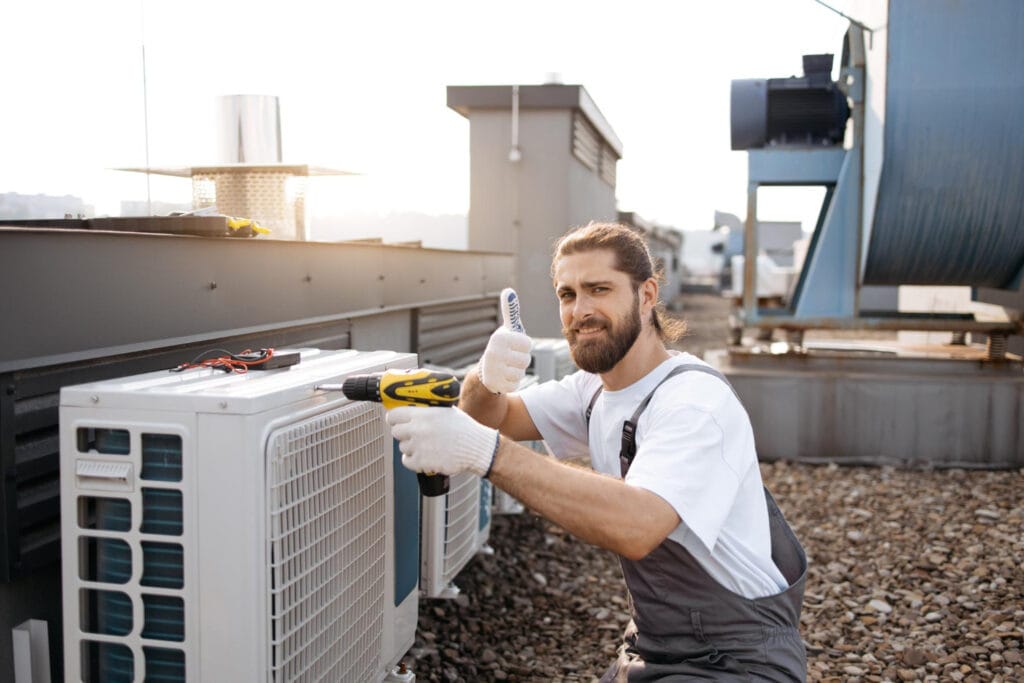
Conclusion – Your Furnace Replacement Price
Understanding the factors that influence your furnace replacement price can help you make an informed decision and avoid any unexpected surprises. Whether you’re looking for the most energy-efficient option or need help navigating financing, we’re here to assist you every step of the way. Trust LC Heating and Air Conditioning to provide quality service and ensure your satisfaction. We look forward to serving you and making your home a more comfortable place to live, with a heating system that meets your needs and exceeds your expectations.

